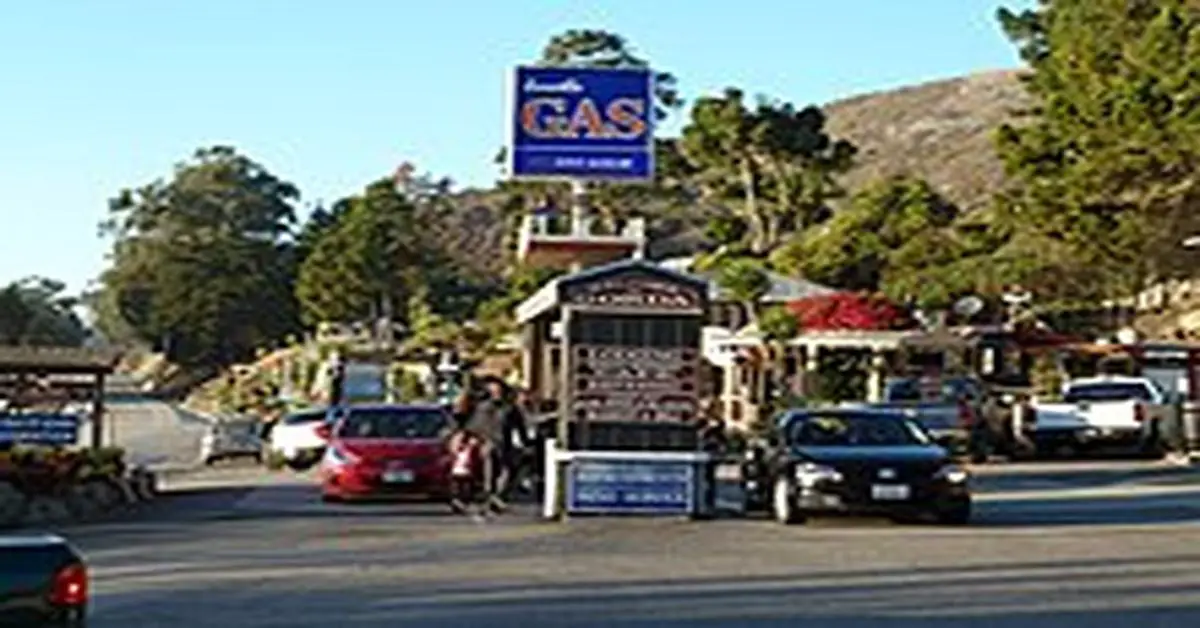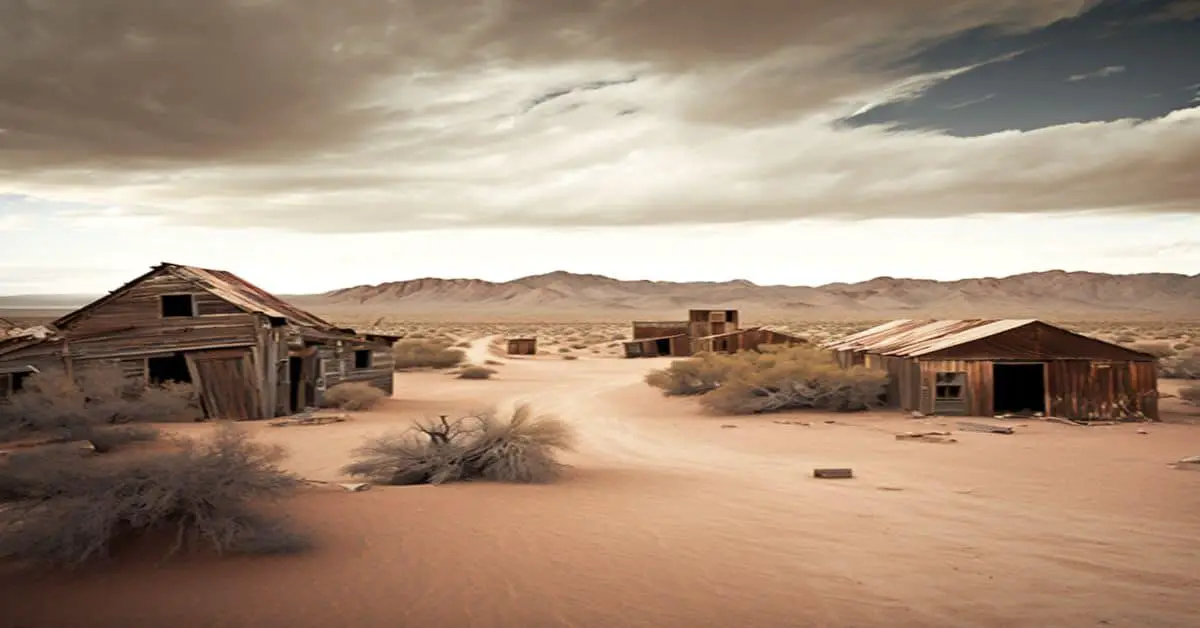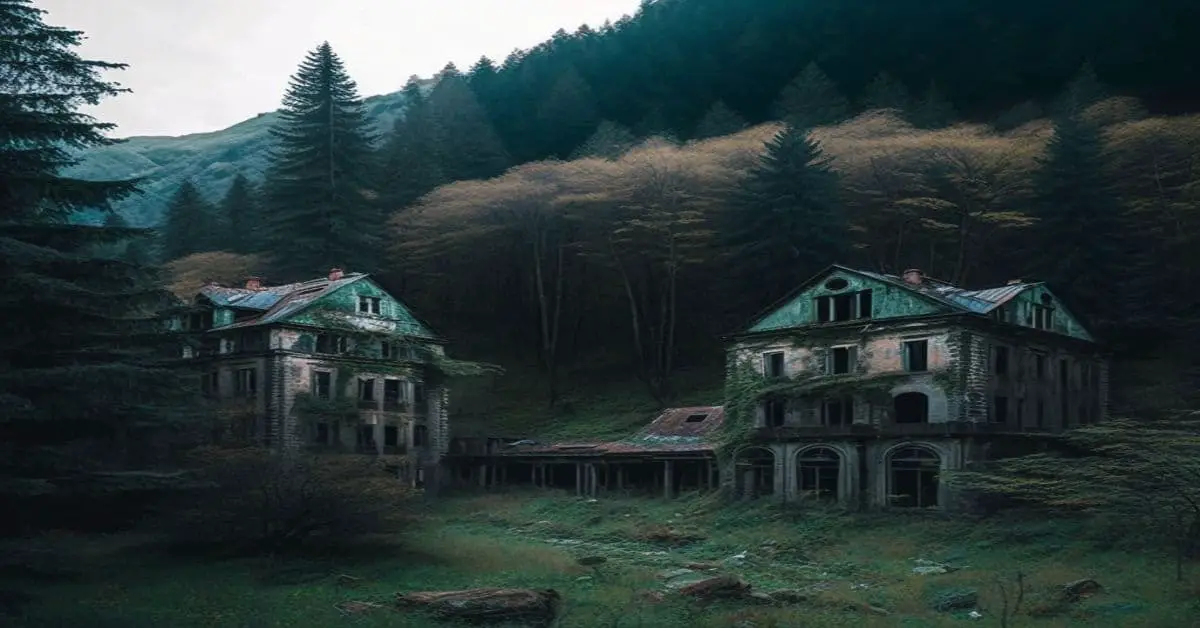Big Blue Mill, California, Sierra County is a enthralling ghost town that sparks the imagination with its storied past. Once a bustling location, it now stands as a tribute to the rise and fall of mining communities. Below is detailed information about the town.
County: Sierra County
Zip Code: Not available
Latitude / Longitude: 39.5533° N, 120.6344° W
Elevation: 5,033 feet (1,534 meters)
Time Zone: Pacific Time Zone (PT)
Established: Not available
Disestablished: Not available
Comments: Big Blue Mill was primarily known for its mining operations, which played a significant role in the local economy. The town emerged during the gold rush era, which attracted many settlers seeking fortune. Its operations centered around the extraction and processing of ore, contributing to the economic importance of Sierra County during its peak.
Remains: The site of Big Blue Mill includes remnants of old mining structures, dilapidated buildings, and scattered debris. These remnants provide a glimpse into the area’s industrial past, though much of the original infrastructure has not survived the passage of time.
Current Status: The area is uninhabited and considered a ghost town. However, it attracts history enthusiasts and adventurers who explore its remains to connect with the past.
Remarks: Big Blue Mill poignantly reminds us of the transient nature of mining towns. Its remnants silently witness the dreams and ambitions of those who once called it home. The site offers a unique opportunity for exploration and reflection, providing insight into the boom-and-bust cycle of mining communities in the American West.



